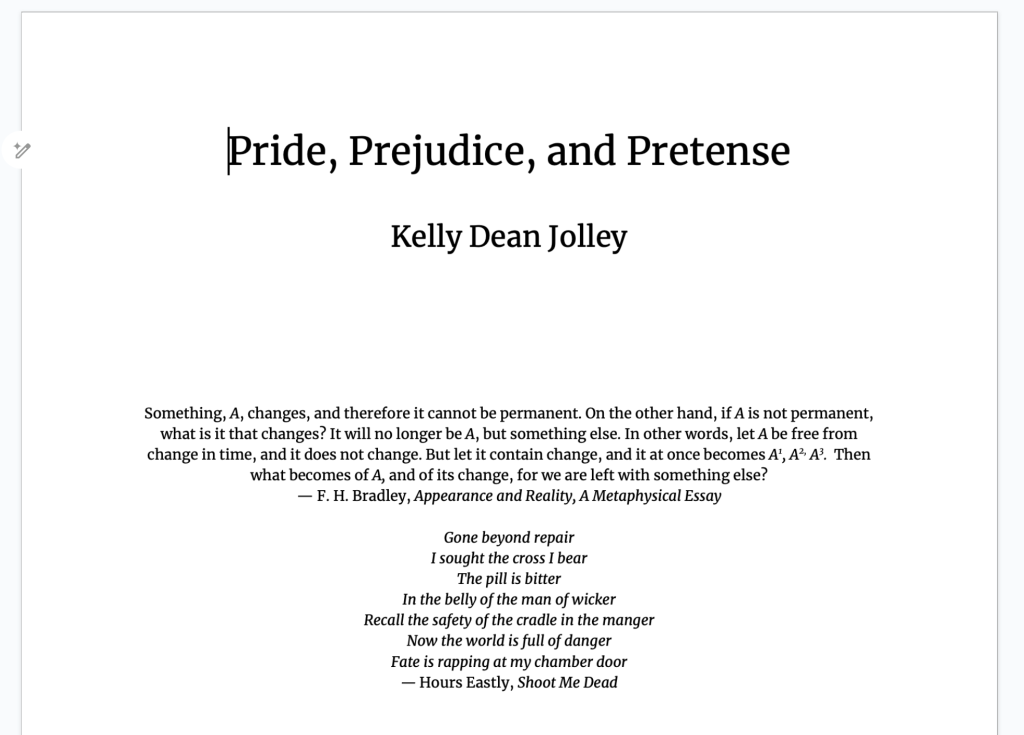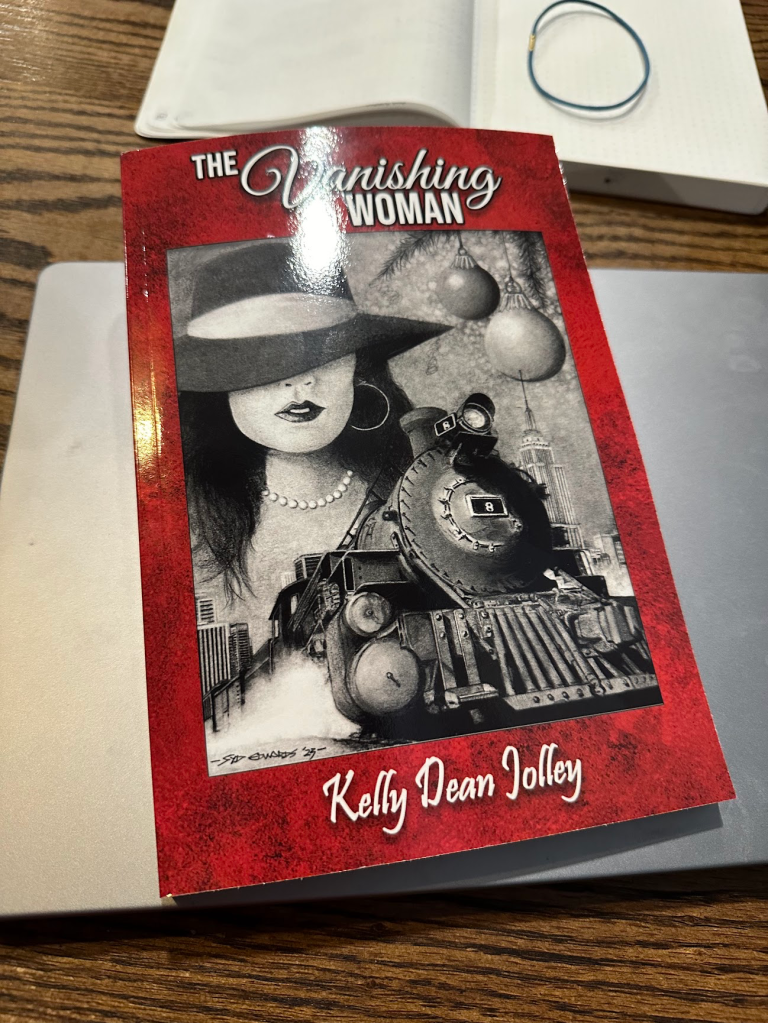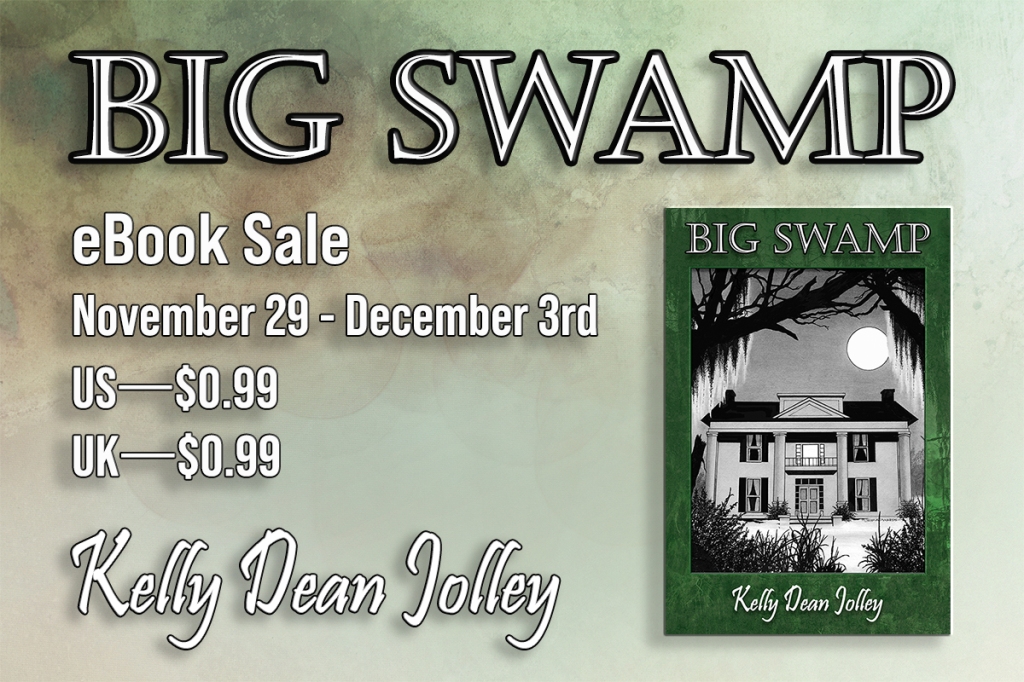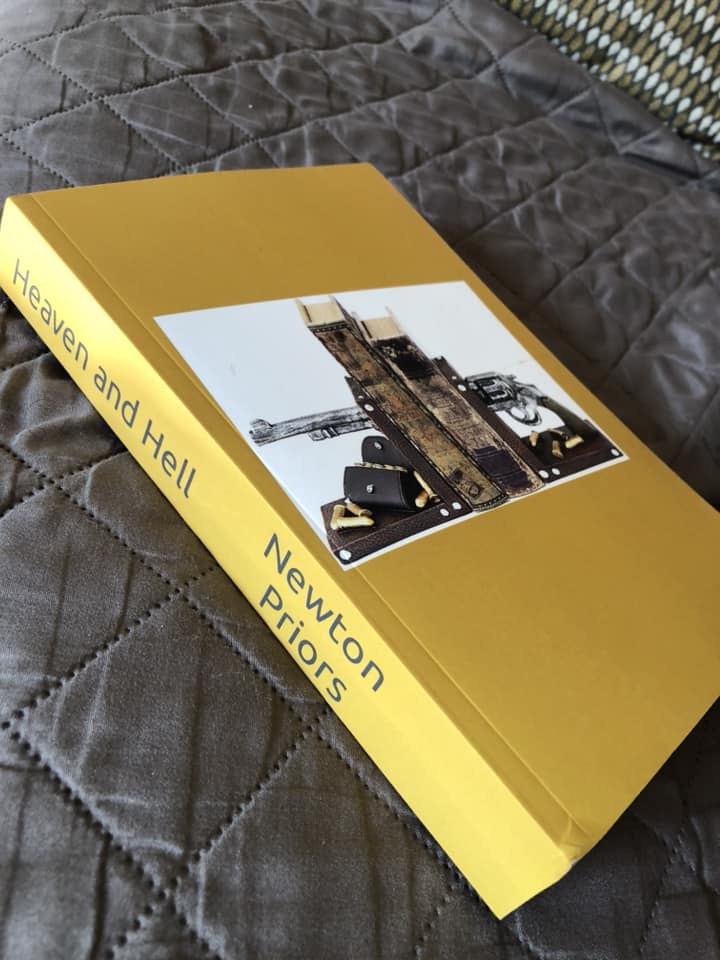There is a quickness of perception in some, a nicety in the discernment of character, a natural penetration, in short, which no experience in others can equal…
— This, from late in Persuasion. It provides for a comparison of Lady Russell to Anne Elliot. Lady Russell is far less gifted with natural penetration than Anne. Given the events of the book, that’s no large-scale surprise. But I find the passage interesting as it bears on Pride and Prejudice —and on Elizabeth Bennet.
Elizabeth fancies herself richly gifted with this natural penetration but she is mistaken. Her mistake leads to her entanglements with Wickham and to all the “contradictions and varieties” of her relationship with Darcy. (Of course, Darcy bears his share of blame for that too.) Anne Elliot’s richer gift, less encumbered by vanity and prejudice, less forward and assertive, penetrates character more deeply, more accurately. Self is less likely to engross her than Elizabeth. Anne resists her version of Wickham — Mr. Elliot — despite the powerful temptations he represents: most notably, of installing Anne in her mother’s place at Kellynch Hall, of making Anne Lady Elliot. Of course, Anne and Elizabeth’s situations are not identical, and it is true that Anne in her book is seven or eight years older than Elizabeth in hers, but Anne’s described penetration was early displayed in her choice of Wentworth (at around Elizabeth’s age). Anne gave him up then, yes, but not out of a failure of penetration, a change of mind about or a misunderstanding of his character, but as the result of her fear that she would encumber him, repress his chances, retard his advancement. She did it for his sake, for the sake of the character she discerned him to have.




